Articles
Knowledge Center

Order Fulfillment: Meaning, Process, and How To Optimize
The process of order fulfillment can be complex and time-consuming. However, it can be optimized with the right strategies and ultimately improve customer satisfaction, increase repeat business, and reduce costs.
Read More
Discrete Manufacturing: Definition, Benefits, and Examples
In the past, manufacturing tended to involve long assembly lines with armies of workers playing a part in creating the finished products. This description fits well for conventional manufacturing industries. However, with rapid technological advancements, various alternative manufacturing options exist now. Discrete manufacturing is one of the most prevalent manufacturing processes that utilize a production […]
Read More
Just In Time Manufacturing: Definition, Benefits, and Origin
New technologies, raw materials, and production strategies are being adopted daily as companies strive to remain competitive in their respective industries and to meet changing customers’ demands. Manufacturers must remain flexible and adaptable in their production methods to allow adjustments to their supply chain. Manufacturers can adopt many different production strategies, each with advantages and […]
Read More
Electronic Data Interchange: Definition, Process, and Benefits
The use of technology is rapidly increasing in many industry sectors worldwide, including logistics. Technologies such as cloud computing and IoT devices have enabled logistics companies to access real-time data and improve the coordination of their operations. One key improvement area is how Electronic Data Interchange (EDI) is used in logistics operations. This technology has […]
Read More
Order Picking: Definition, Methods, and Advantages
Order picking is the process of products being retrieved from warehouse inventory to fulfill orders by customers. This article will describe order picking, how it works, and ways order picking processes can improve supply chain and business results. What is Order Picking? Order picking, or the warehouse picking process, refers to selecting items from a […]
Read More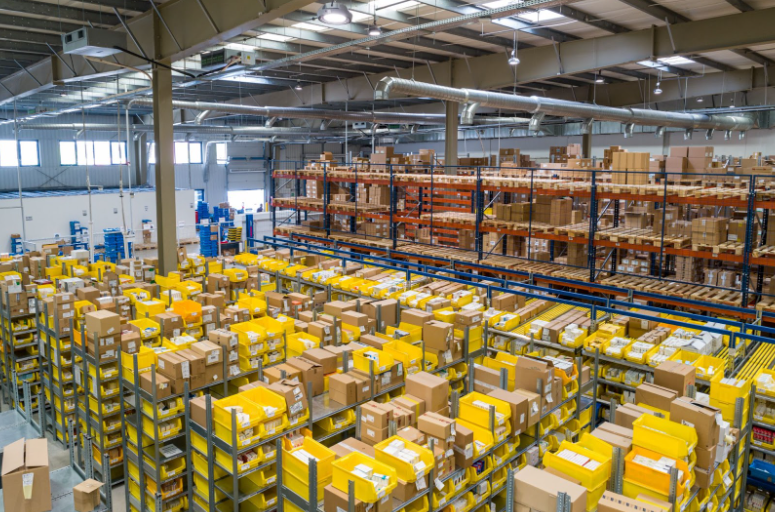
Logistics Optimization: Importance, Process, and Optimization
Supply chain management refers to all the steps necessary to ensure goods reach their destinations. Consumer expectations have increased steadily, requiring companies to operate supply chains as effectively as possible to meet the demands of commerce. Logistics optimization is a strategy that companies implement to meet the growing demand for fast and efficient supply chain […]
Read More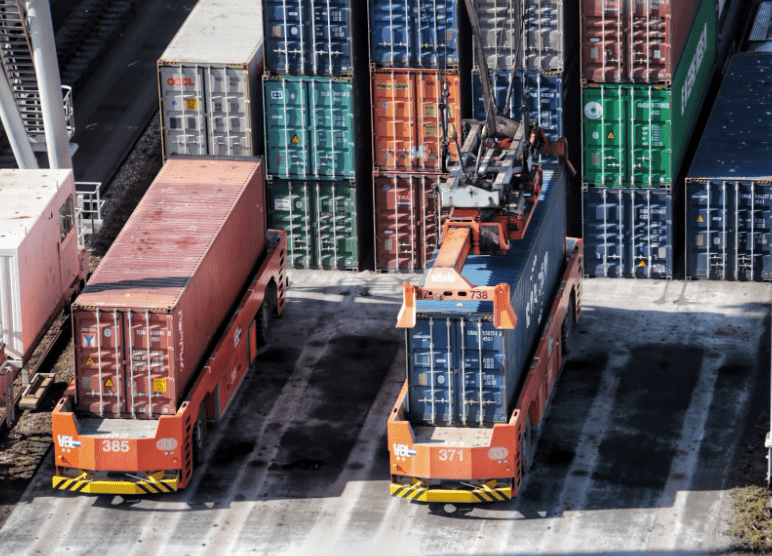
Near Sourcing: Definition, Benefits, and Drawbacks
Near sourcing is a business strategy that has become increasingly popular in recent years. It involves shifting production and services closer to the point of sale or consumption rather than relying on global supply chains. It can offer numerous advantages such as reduced shipping costs, faster delivery times, and improved environmental sustainability; however, there are […]
Read More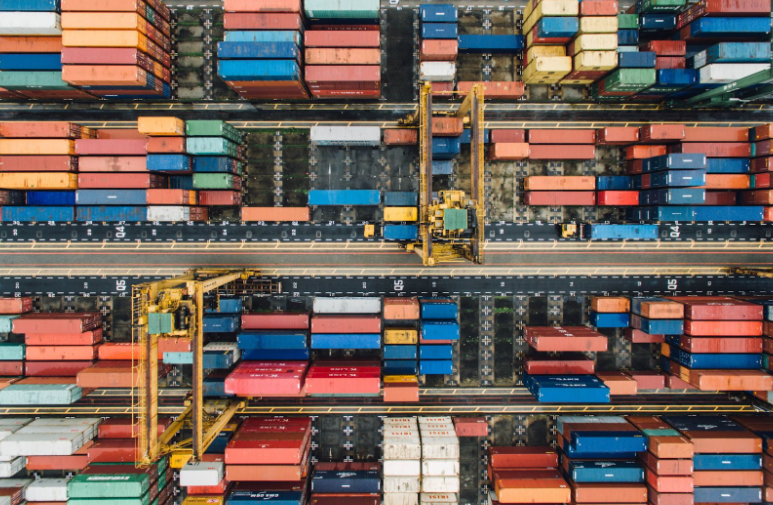
Supply Chain vs. Logistics: Definitions, Similarities, and Differences
As companies continue to grow, it is important to understand the differences between supply chain and logistics. Although related, the two have distinct attributes that can substantially influence how businesses manage their activities. This article explores supply chain vs. logistics – what they mean, how they differ from each other, and the integration opportunities. The […]
Read More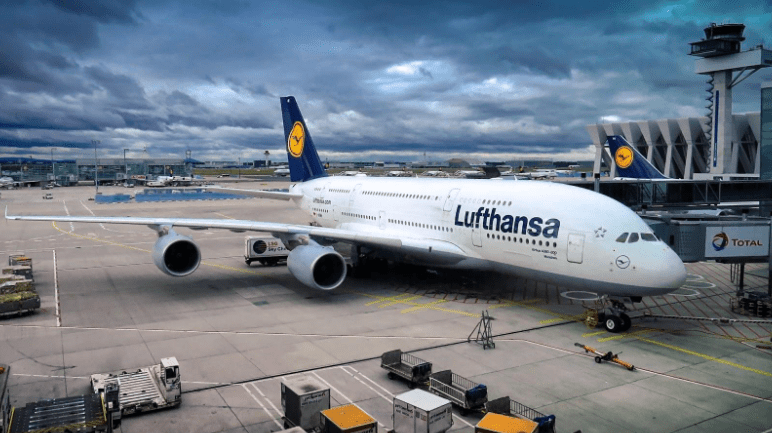
9 Types of Air Cargo: A Guide To Transporting Goods by Plane
The ability to transport goods quickly, securely, and cost-effectively is crucial for many businesses. Air cargo—shipped by any air freight company, air freight carriers, or freight cargo company—offers a fast, reliable way of moving products around the world. Shippers are looking for global air freight providers with exceptional services, quality handling airfreight, and an extensive […]
Read More
Inbound Logistics: Definition, Examples, and Process
Logistics is an essential aspect of any business, as it involves planning, organizing, and managing the flow of goods, services, and information from the point of origin to the point of consumption. It encompasses the entire process of sourcing raw materials, assembling products, and delivering finished goods to customers. Logistics can be divided into two […]
Read More
Dangerous Goods: Definition, Regulations, and Classes
Companies ship various goods by land, sea, and air daily. Some are hazardous substances and pose severe effects if not handled properly. The dangerous goods regulations and guidance are strict and enforced by various government agencies and international organizations, such as the United Nations, to minimize the risk of accidents or ensure safe transport. Let’s […]
Read More
Agile Supply Chain: What It Is, Benefits, and Applications
Supply chains can be complex and sensitive. A company can’t survive without a supply chain because it needs everything from raw materials to the final product. Many companies have established an agile supply chain to manage supply better, move goods quickly, and deliver them on time. This process is fundamental to those who produce physical […]
Read More
What Is an ELD? The Benefits, Purpose, and Features of ELDs
Many businesses that operate a fleet of trucks or vehicles are required to have ELD or electronic logging devices installed in each vehicle. ELDs are intended to enhance the safety of professional truck drivers. ELDs are a convenient way to manage, track, and share data during driving and downtime. As technology continues to evolve, it […]
Read More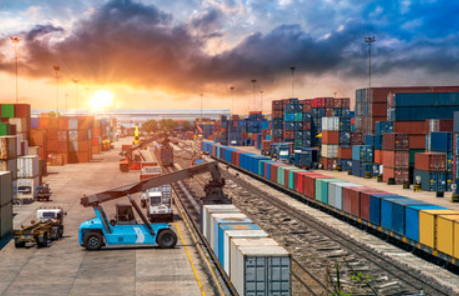
Transloading: Meaning, Benefits, and Challenges
Transloading is a crucial component of supply chain management, as it helps to optimize the movement of goods and reduce transportation costs. It allows logistics companies to adapt to changes in demand and unexpected logistical challenges while shipments still reach their final destinations quickly and cost effectively. Let’s look at the meaning, benefits, and challenges […]
Read More
What is a Straight Truck? Definition, Types, and Uses
Wondering what a straight truck is? A straight truck refers to a type of vehicle with a tractor-trailer in a fixed position. In other words, all the axles in a straight truck attach to a single frame. Usually, straight trucks look like do-it-yourself moving trucks and, in most cases, move housing supplies, boxes, furniture, refrigerators, […]
Read More
Logistics Planning: Definition, Types, Importance, and Strategies
Have you ever been to a business that looked neat and orderly at first glance, but behind the scenes it was a different story? It’s easy to present as a well-oiled machine in the front office, but if you neglect business processes at other levels, you’re in trouble. Logistics planning can help you fire on […]
Read More
Drayage: Meaning, Importance, and Types
Large container ships move cargo from port to port across the continent. Trucks and railways move cargo within countries. Consider, however, the smaller, more intricate steps that allow freight to move between transportation modes. These smaller national movements are collectively called drayage and are crucial to shipping logistics. What Is Drayage? Drayage is a form […]
Read More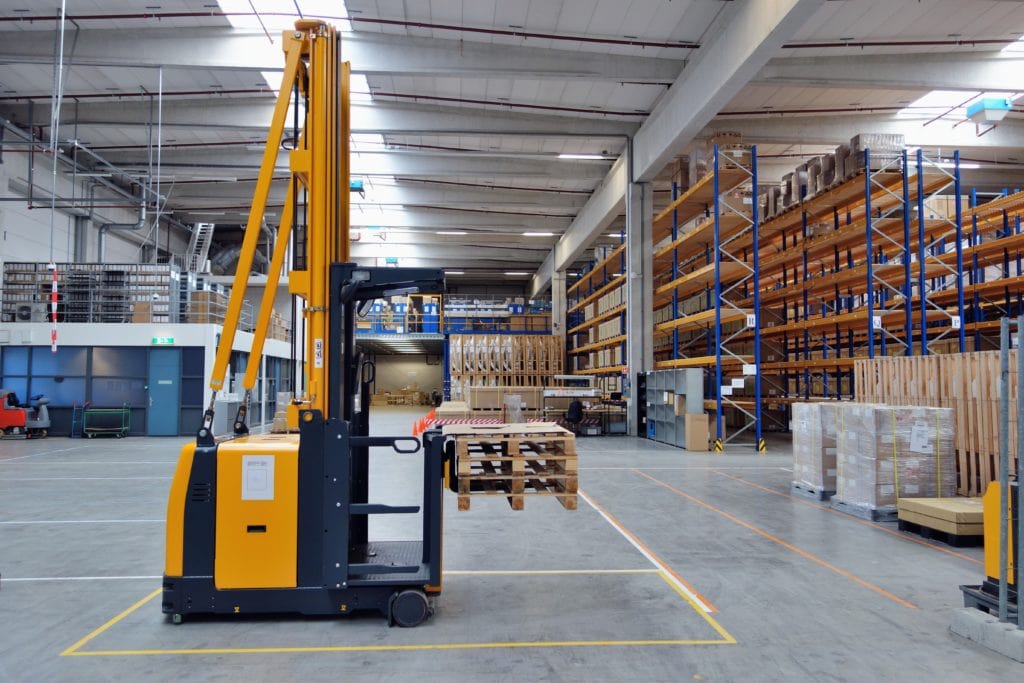
Cross Docking: Definition, History, and Process
Cross docking is a shipping method that transfers goods from one transportation mode to another to get them directly from the source to their destination. Cross docking is widely used in freight transportation because it helps reduce costs and storage space, among other benefits. This article covers cross docking definitions, history, types, methods, advantages, disadvantages, […]
Read More
TEU: Definition, History, and Vessel Sizes
TEU, or a twenty foot equivalent unit, is the standard measure of container capacity on a ship. In other words, it tells you how many 20-foot-long containers can fit on particular container ships. TEU is important because it allows for easy comparison of vessel sizes. For example, if one container ship has a capacity of […]
Read More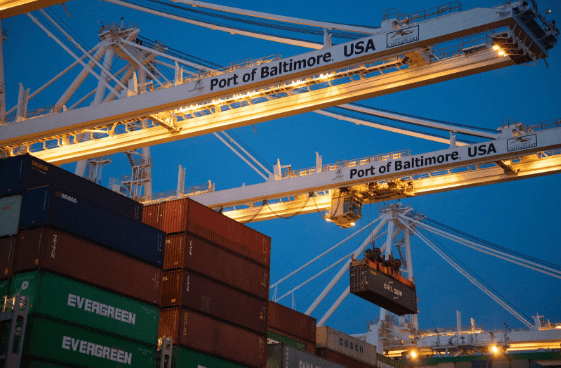
Freight Forwarding: Meaning, Stages, and Pros and Cons
Supply chain management is an integral part of any company’s efficiency. Transporting goods from one place to another can be time-consuming and expensive. The process can be complex and challenging, but if you approach it correctly, it will go smoothly and leave lasting effects on your overall business. Many companies employ third-party logistics services to […]
Read More